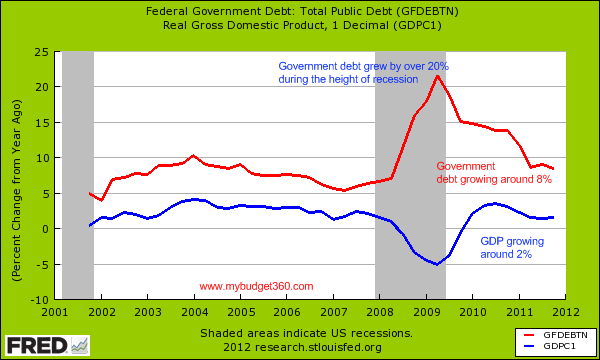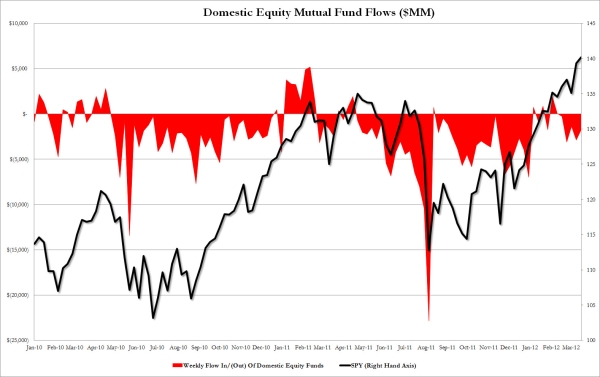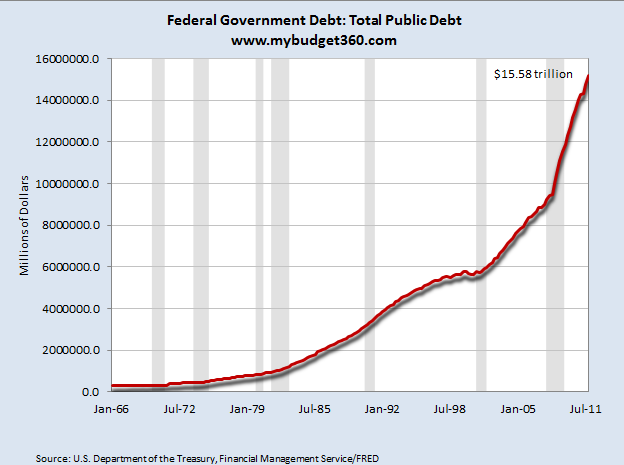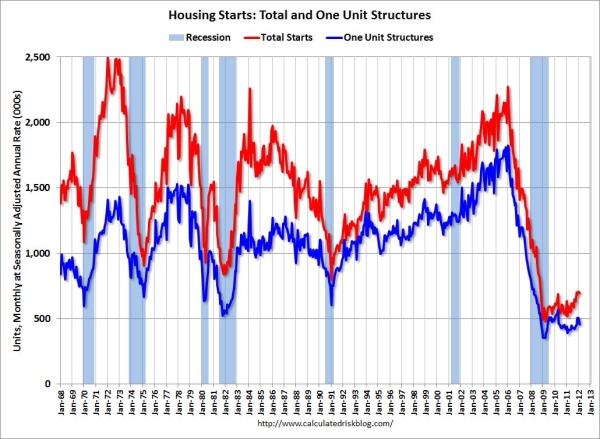Expanding the debt bubble to a tipping point – US government debt growing 4 times faster than GDP. Retail investors largely out of stock market.
- 3 Comment
The global market is being held together with the veneer of massive debt duct tape. The solution for much of the European debt crisis was to simply add more debt to the current situation. Solve a debt problem with more debt in other words. All this does is delay the inevitable. The hope is that somehow GDP in these countries will grow fast enough to pay off existing debts but the amount of debt is so enormous that it is mathematically impossible without inflating currencies away. Even the US is mired in enormous levels of debt and the pace of debt expanding is by far outpacing GDP growth. This is a major concern especially given the slower pace of GDP growth. Massively increasing debt beyond a serviceable level is always an issue especially when the core problem is solvency. Just look at what happened with US households and the recent debt bubble. Just because you have access to debt does not mean you should expand at an unrelenting pace. I wanted to pull some data showing the constraints of massive debt growth.
US debt growth versus GDP growth
The cost of the current slower paced GDP growth has come at a tremendous future cost:

Even going back to 2001 we realize that government debt has been growing at a much faster pace than GDP. During the crisis, the government stepped in to bailout the massive financial industry and grew public debt by over 20 percent while GDP contracted by 5 percent. In this sense, the justification was that the recession was on verge of becoming a depression. Although for 46,000,000 Americans on food stamps today this is still a depression.
The recession has been officially over for some time now but government debt is growing at over 8 percent while GDP is growing below 2 percent. Government debt is growing 4 times faster than GDP! This is why federal government debt has grown like this:
Over $15.58 trillion in total government public debt is outstanding. Another $13+ trillion in individual household debt is also outstanding. We are living in a massive debt leveraged system. All of this comes of course with unintended consequences. The fact that energy prices are back near peak levels is a reflection of a weaker dollar thanks to the trillions of dollars of Federal Reserve bailouts. Wage compression on the middle class comes at the expense of massive banking bailouts and virtually zero consumer protection. If a household makes a mistake, they are forced into foreclosure or bankruptcy. A bank makes a giant mistake in producing toxic mortgages and gambles like drunken 21 year old college kids in Las Vegas and they get bailed out by their Muppet politicians.
Little faith in stock market
Even though the stock market has rallied by over 100 percent since the 2009 lows little of this has trickled to most households. In fact, most of this filtered up to the top one percent and many that are in the financial sector. Most Americans realize the game is rigged and have been pulling money out of the stock market:

Source:Â Zero Hedge
Money has been flowing out at a steady pace since early 2010 while the stock market keeps rallying up. Easy for this to happen since the Federal Reserve is giving their favorite banks access to debt at virtually zero percent. Banks rather speculate in global stock markets than invest this money back domestically even though the funds are being backed by the American public and economy. The bailout guise was to the help the average American but this is not happening.
This debt by definition is unsustainable. If anyone was honest about this they would realize that we will never payback that $15+ trillion in debt outstanding. This is the conundrum being faced in places like Spain, Greece, Portugal, England, etc . If we even look at the previous drivers of growth, like the housing market we still see that it is mired in problems:
Why would builders start making more homes in mass if millions are still unable to pay their bills and many face imminent foreclosure? Unlike the banking sector, the deleveraging is occurring at the household level. The only area where this isn’t occurring is in the corrupt student loan market that keeps growing into yet another debt based bubble.
If you enjoyed this post click here to subscribe to a complete feed and stay up to date with today’s challenging market!3 Comments on this post
Trackbacks
-
Charles callea said:
Excellent, well written article
March 29th, 2012 at 8:21 pm -
Richard said:
This is reality and the consequences of ignoring it for too long are clearly stated. Too bad that the MSM, Congress and most Economists can’t waive the warning Flag.
March 30th, 2012 at 7:39 am -
jimbo in limbo said:
Jubilee.
March 30th, 2012 at 8:11 am


 If you enjoyed this post click here to subscribe to a complete feed and stay up to date with today’s challenging market!
If you enjoyed this post click here to subscribe to a complete feed and stay up to date with today’s challenging market!